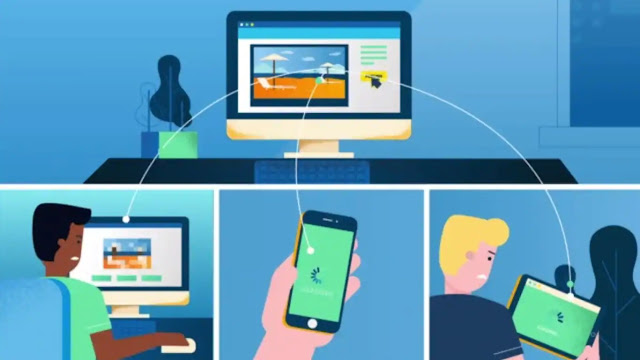HOW TO USE IMAGE OPTIMIZATION AS RIGHT WAY TO GET TRAFFIC
Optimizing images on your website can be an effective way to improve your website's SEO and drive more traffic to your site. Here are some tips on how to use image optimization to get more traffic:
- Use relevant images: Use images that are relevant to your content and target keywords. This can help search engines understand the context of your content and improve your website's relevance in search engine results pages.
- Optimize image size: Optimize your images by compressing them and reducing their file size without compromising the quality. This can help improve page load times, which can lead to a better user experience and higher search engine rankings.
- Use descriptive file names and alt tags: Use descriptive file names and alt tags that include your target keywords to help search engines understand what your images are about. This can improve your website's relevance and search engine rankings.
- Use responsive images: Use responsive images that can adapt to different screen sizes and resolutions, which can improve the user experience on different devices and attract more traffic from mobile users.
- Use image sitemaps: Use image sitemaps to provide search engines with information about the images on your website. This can help search engines index your images and improve your website's visibility in search engine results pages.
- Share your images on social media: Share your optimized images on social media platforms like Facebook, Twitter, and Instagram to attract more traffic and increase engagement.
In summary, using image optimization techniques like using relevant images, optimizing image size, using descriptive file names and alt tags, using responsive images, using image sitemaps, and sharing images on social media can help attract more traffic to your website.
Image optimization and Google discover
- HOW TO USE IMAGE OPTIMIZATION AS RIGHT WAY TO GET TRAFFIC: Google Discover is a personalized content feed that displays content to users based on their interests, search history, and activity across Google services. Image optimization can play a role in getting your content featured in Google Discover.
- HOW TO USE IMAGE OPTIMIZATION AS RIGHT WAY TO GET TRAFFIC: Use high-quality images: High-quality images are more likely to get featured in Google Discover as they provide a better user experience.
- Use relevant images: Use images that are relevant to your content and target keywords. This can help Google understand the context of your content and improve its relevance in Google Discover.
- Optimize image size: Optimize your images by compressing them and reducing their file size without compromising the quality. This can help improve page load times, which can lead to a better user experience and improve your chances of getting featured in Google Discover.
- Use descriptive file names and alt tags: Use descriptive file names and alt tags that include your target keywords to help Google understand what your images are about. This can improve your website's relevance and increase your chances of getting featured in Google Discover.
- Use structured data: Use structured data to provide additional information about your images, such as the image subject, license, and author. This can help Google understand your content better and improve your chances of getting featured in Google Discover.
- Share your images on Google Images: Share your optimized images on Google Images to increase their visibility and improve your chances of getting featured in Google Discover.








0 Comments